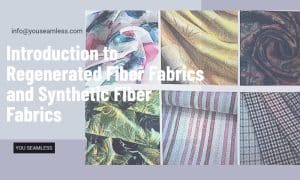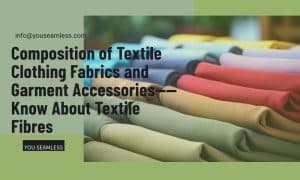How to choose UV protection fabric scientifically?

Factors affecting UV protection effect of fabric
The actual anti-UV effect of textiles is closely related to the fiber material, fabric tightness, thickness, porosity, and color depth.
There are roughly two types of commonly used sunscreen clothing fabrics in the market:
Knitting: The fabric of knitted sun protection clothing is mainly made of cotton or polyester cotton blend, which has good breathability and comfort, strong moisture absorption, but poor UV resistance.
Woven: Woven sun protection clothing fabrics are made of nylon, polyester, etc., which are most commonly used in the sun protection clothing market. Nylon dominates in terms of wear resistance and moisture absorption, while polyester has great advantages in comfort functions such as breathability and contact cooling. Most sportswear also uses these fabrics.
The thickness and porosity of the fabric: The thicker the thickness and the tighter the structure, the smaller the corresponding porosity, and the better the UV protection effect of the fabric. But for sunscreen clothing fabrics, the first thing to ensure is that they are both light and thin and dense and porous fabrics can be considered.
Fabric color: Color is also an important factor affecting the UV resistance of the fabric. After dyeing, the fabric contains some dye molecules, and the groups of the dye molecules will enhance the absorption of UV rays. The higher the purity, the better the ability to absorb ultraviolet rays, so it is preferable to choose sun protection clothing with relatively dark colors.
The basic principle of UV protection of textiles
When a beam of light shines on a fabric, there are three common phenomena: absorption, transmission, and reflection. One part is absorbed by the fabric, the other part is reflected on the surface of the fabric, and the other part is transmitted through the fabric.
According to optical principles, transmittance+reflectance+absorption=100%. Therefore, the higher the reflectance and absorption of ultraviolet rays, the lower the transmittance, and the better the sun protection effect.
Principle of UV protection: Increase the absorption and reflection of specific wavelengths of UV light on the fabric, and reduce its transmission through the fabric. The preparation of UV protection fabrics is mainly achieved through the use of UV-resistant functional fibers or UV-resistant functional finishing.
How to choose the best fabric for sun protection
- Products labeled as “UV resistant textiles” or “UV protection fabric” should be purchased from legitimate channels and merchants.
- UV protection fabric must comply with the requirements of the national standard GB/T 18830-2009 “Evaluation of UV Protection Performance of Textiles”. Only when the UPF of the product is greater than 40 and T (UVA) AV is less than 5%, can it truly have a UV protection function.
- In addition, it is important to pay attention to whether the product and its packaging are labeled with product information, such as product name, product model or specification, fiber composition and content, maintenance method, safety category, origin, name and address of the agent, importer or seller, etc; At the same time, keep your eyes open and pay attention to whether the information marked on the outer packaging, hanging tags (certificate of conformity), and durability labels are consistent.










